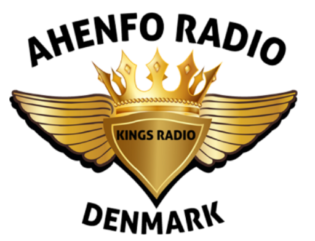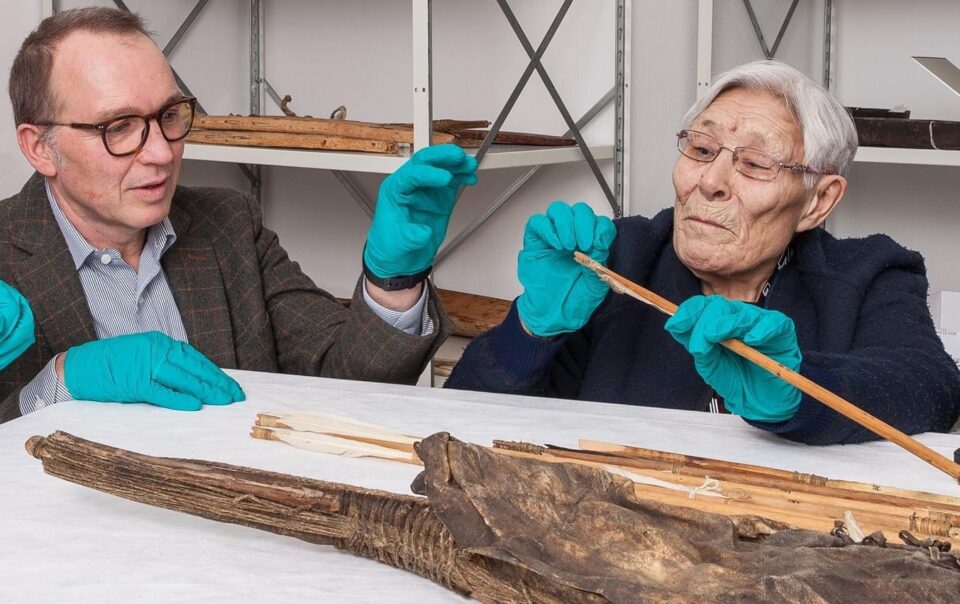
We have decided to stop using the term “Eskimo”, and we would like to give you a good explanation of why you can share it with others.
Sometimes things can get a little quick here on Facebook, but we hope you will take the time to read the reasoning and hopefully get more perspective on this summer’s big discussion.
We are immediately starting to change the term “Eskimo” in all our material on the website, on social media and in exhibitions.
First of all, we do it because the word “Eskimo” is scientifically unvarying.
The word is used as a collective term for several different peoples from Greenland, Canada, Siberia and Alaska, and the word is simply too poor and inaccurate to describe them well.
At the most general level, most people in the eastern Arctic (Arctic Canada and Greenland) most often use the term Inuk / Inuit.
On a slightly less general level, quite a few people in Greenland today use Inuit or Kalaaliit (some also use Inughuit for people in the Avanersuaq area and Tunumiit for people in East Greenland).
In Arctic Canada, many prefer Inuit and Inuvialuit (the latter applies if people come from the area formerly known as the North West Territory).
In Alaska and Siberia, different varieties of Inupiat, Yupiit, Alutiit, Sugpait and Unangax are used.
It would go very far to account for all the different subgroups many in the Arctic use, but for large parts of Canada, one often uses a place name and the suffix -miut. The suffix roughly means “those who come from”.
There is thus a sea of much more precise terms that can be used, all of which are linked to the places the individual people come from. It requires us to be more careful when we mention them. But we basically think we owe each other and the story to be.
The word Eskimo first appears in 1605 and means in different languages ”the one who weaves snowshoes” or “the one who eats raw meat” or “the excommunicated” (the Gentiles).
By many Arctic groups, the word is perceived as the concept of colonial power for those over whom they had power.
That is also why we are now changing the concept.
We have an excellent collaboration with the Greenland Museum and the other Arctic museums, and we believe that it is generally good style to change behavior if someone perceives what you call them as derogatory.
We want to take into account those we communicate with.
So now we’re getting started.
It will not be done in a jiffy, and for some time you will still be able to see the word Eskimo included in our texts. But now you know, we’re up and running.
Of course, there may still be older texts where the word is included, just as the word will still be able to be included in the research.
We hope you have a good explanation that you will carry on.
And then you might as well come in one day and see our large collection of objects and stories from the Arctic.
In 2017, the Kitikmeot Heritage Society from the far-north of Canada visited the National Museum to look at the artifacts the National Museum has preserved from the fifth Thule expedition. The objects are collected in their area and are some of the only things preserved from here. The people want to restore the pride and self-esteem of society through history and gain an understanding of their own identity through the preserved objects and they could tell stories we did not know about their culture. In Knud Rasmussen’s archive from the expedition, they are called copper Eskimos. But they call themselves inuinnait



